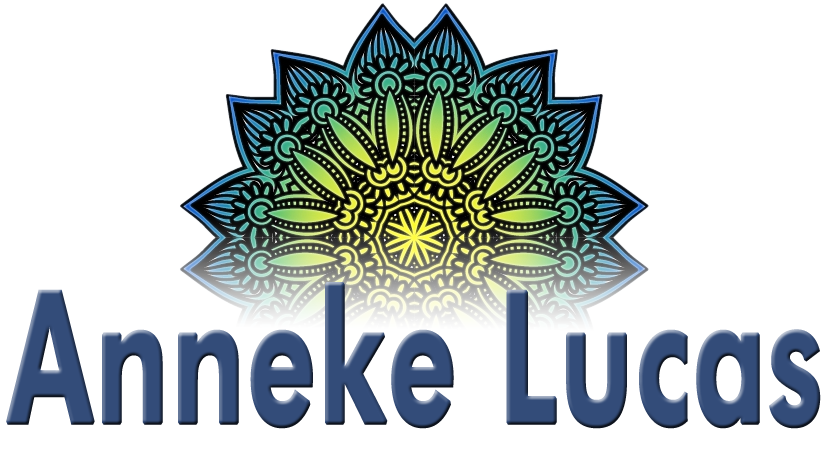Yoga
Certain elements of the ashtanga yoga practice can replicate abuse insofar as that it can feel really good to be warm, sweaty, with strong, loose limbs. Such intense activity can put you into a trance. Then, when the guru or teacher comes to give an adjustment in an extreme pose, the body goes into freeze mode. Any resistance makes the adjustment dangerous.
In the above pose, a teacher might come and pull your crossed feet further apart, to deepen the hip opening. In the photo below, they may stand over you and pull your hands or push your elbows in, like a human vice, getting you deeper in the back bend.
The freeze response is essentially a dissociated state, when "fight" or "flight" appear impossible to one's body/mind/system during a life threat. You are immobilized, and able NOT to experience the dread, the enormity of the threat, and instead numb out. The endorphins that are secreted in this state function as an analgesic, so the pain of the injury to your body or psyche is also numbed. In fact, often, because of the slowing of the blood flow mixed with the flooding of hormones, pleasure may be experienced.
Feeling pleasure is not an uncommon side-effect of rape or sexual abuse and it is linked to the body/mind going into the Freeze mode for survival. For most survivors, the shame of having experienced pleasure during abuse is too deep-seated to overcome, and the confusion too great to be sorted out - causing the abuse to remain dissociated from the conscious mind, leading to minimization, rationalization, or forgetting. Depending on circumstances, the abuse may never even enter the conscious mind, and remains dissociated, hidden in the body and subconscious.
In certain yoga circles sexual abuse happens right in front of people’s eyes, and no one does anything. The entire group is dissociated, and minimizes, jokes, or rationalizes the abuse in a prolonged trauma freeze.
A survivor might be drawn to ashtanga yoga, or to a teacher who forces their bodies into extreme poses, causing the most shameful aspect of former abuse to be replicated in a perfectly acceptable manner. If the teacher is also a sexual perpetrator, the replication is even more direct.
Repressed parts need to find expression in some way. Without conscious awareness, many elements of abuse can be recycled doing yoga. As a child I always had to be strong to withstand the abuse I suffered as a sex slave sold to a pedophile network, where I was praised for my agility and strength; as a yogi I was prideful of being physically much stronger than my body type would suggest. Practice in a room with others also brought back other shadows from my years in the network, as I sensed the gaze of certain men, unconsciously and effortlessly attuned, as my form adapted to to their idea of grace of beauty in the physically safe setting of the yoga studio.
The years of therapy I had behind me by the time I came to ashtanga prevented me from engaging in literal replications; I never had a physical relationship with anyone I met in the yoga context. The visiting big ashtanga guru did grope me, unexpectedly, during a class, with everyone in a pose in which no one could see what was going on - including me. Ashtanga was a good looking group with a great secret, just like the normal life of my family as they trafficked me, and Western society hiding pedophilia. I confronted the ashtanga guru a few days after the abuse. Though I never went to India to study with this sexual predator, I did remain in the environment in which he was revered as a saint, seeing his inflated image on the walls, and no one ever changed anything after they heard about my abuse. This vibration, in which I was almost a non-entity, was familiar. It took me seven years after I knew the guru was a sexual deviant to leave.
Depending on the politics at the studio, family dynamics are repeated in one’s rank in the power structure. Never having studied directly with the guru, never having committed to this system, I never fit in - which was exactly how I felt in my family of origin. After being abused by the ashtanga guru, I spoke up to a few people but wasn’t really heard—that is to say—just as when I spoke to my mother and other family members, they would seem to hear me, and then everything would stay the same. I had told my yoga teacher about physical injuries from my childhood torture; he gave directions to adjust certain poses , but never assimilated the information. That same teacher went on to scapegoat me after I went public about his guru’s sexual abuse, spreading vicious lies about me. After confronting my family, they disowned me.
Allegiances to the guru and enabling behavior stand in for the fear-based love of an abusive authority figure of the past, and often correspond closely to one’s place inside an incestuous or dysfunctional family.
When trauma is not addressed, it sends one in a downward spiral of endless repetitions and unconscious attempts to get on the other side of abuse through power. The societal structure, and how this translates to any group setting such as a yoga community, supports running from personal trauma by gaining status, expertise and power. While this can look good on the outside, while the postures can look impressive, while the practice does much for one’s physical health, to heal from childhood trauma, to overcome emotional/psychological issues regarding love and loss, is a sacred duty imposed upon us by life itself, in that we need to go through the pain in order to heal and grow.
The way you look is of little consequence to your inner self. The way of power to run from trauma does not work for anyone.


